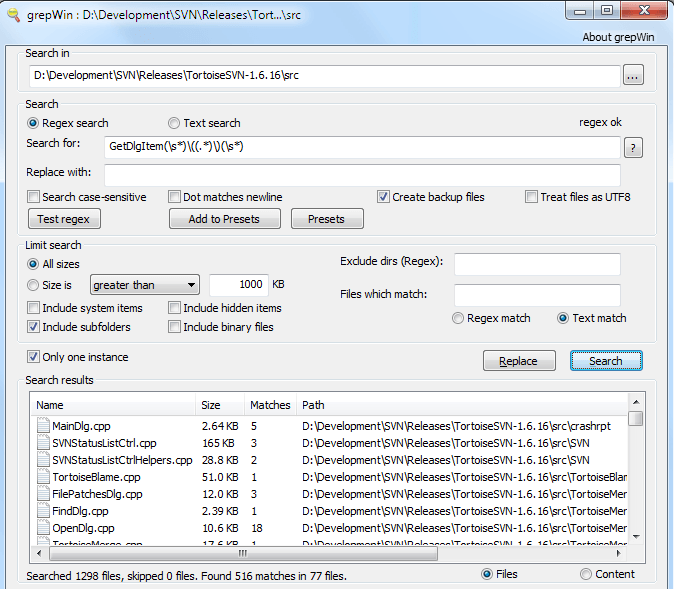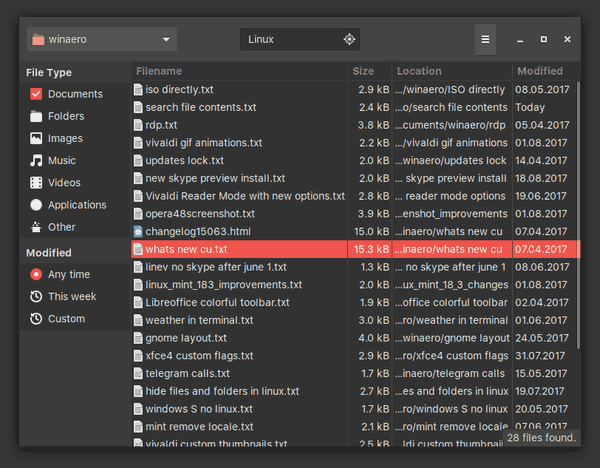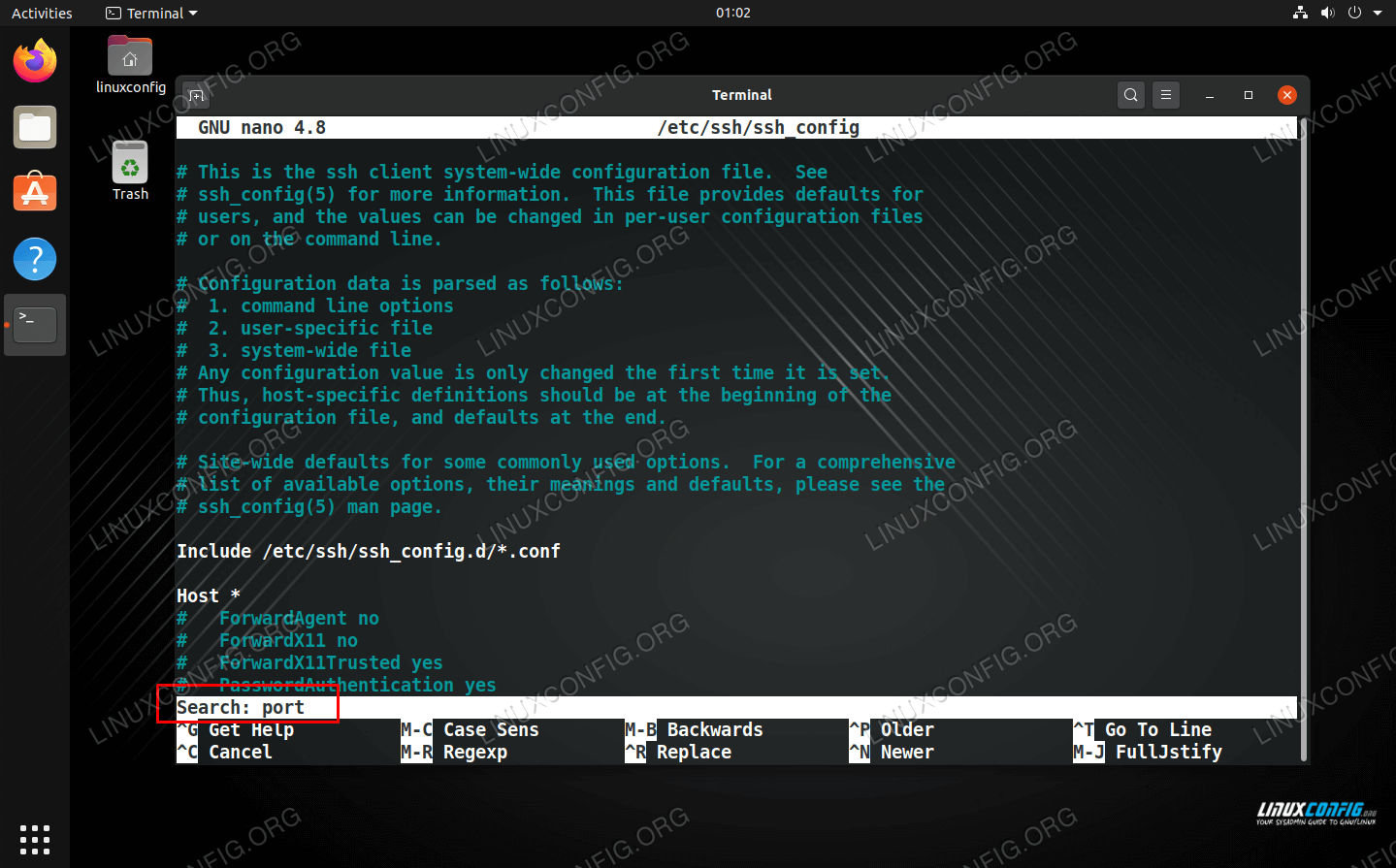
, A tool to help you find text within a file. SeekFast provides simple yet powerful features. What if I am trying to find specific text in a Microsoft Word document or PDF, but I'm not sure which file is correct? What is SeekFast? You can drag it to the command line to search within a plain text file, but it is only part of the problem. On the other hand, finding specific content within a file can be quite difficult.

As long as you know roughly what the file name is, this is good news. Tracking the files you want is not much of a problem. The actual content and opinions are the authors' sole opinion to maintain editorial independence even if the posting is sponsored.įinding files on newer operating systems is a resolved issue. However, if you’re in process of learning other powerful tools like grep, awk, and sed, you can also practice these commands for such purpose to hone your skills.This is a sponsored article, made possible by Seekfast.

Print File Content With Line Numbers ConclusionĪfter learning five ways to count a number of lines, you must be wondering which is the best way for you? In my opinion, whether you’re a beginner or advanced user of Linux, the wc command is the easiest and fastest approach. Likewise, a cat command with '-n' can also be used to print file content with line numbers. So what you can also do is pipe the data to tail command to just print only some of the last numbered lines. $ nl distros.txtįor large files, it does not seem like a suitable method to display all data in a terminal. For such purpose, nl is a simple command to print data with numbered lines. Instead of directly getting the total no of lines, you can also print the file content and get the total number of lines by peeking at the last line number. Count Number Of Lines Using nl and cat Commands You can use either of the regular expression. Here, '$' is a regular expression representing the end of a line and the '^' start of a line. Using yet another useful pattern search command grep, you can get the total number of lines in a file using '-e' or '-regexp' and '-c' or '-count' options. So, combining it with the -n option, it counts the total number of lines in a file passed as an argument. Here, '=' prints the current line number to standard output. More than a text stream editor, you can also use sed for counting the number of lines in a file using the command: $ sed -n '$=' distros.txt Sed is a also very useful tool for filtering and editing text. Here, NR is the number of records or say line numbers in a file being processed at the END section. Hence, if you just want to use it to count the total number of lines in a file, you can remember the following command: $ awk 'END ' distros.txt However, mastering it may take time if you’re at a beginner level. If you already know awk, you can use it for several purposes including counting the number of lines in files.

Count Number Of Lines Using Awk CommandĪwk is a very powerful command-line utility for text processing. Though it will also count the number of lines in a file, here the use of cat seems redundant. In another way, you can also make use of the cat command to redirect the file content to the wc command as input via pipe ('|'). $ wc -lines distros.txt distros.txt distros.txt

Moreover, to display a number of lines from more than one file at the same time, you need to pass the filenames as arguments separated by space. In case, you want to display only the total number of lines, you can also hide the filename by redirecting the content of the file to wc using a left-angle bracket (<) instead of passing the file as a parameter. You can see that wc also counts the blank line and print the number of lines along with the filename. You can use "-l" or "-line" option with wc command as follows: $ wc -l distros.txt Let’s suppose you want to count the number of lines in a text file called distros.txt. Count Number Of Lines Using wc CommandĪs wc stands for “ word count“, it is the most suitable and easy command that has the sole purpose of counting words, characters, or lines in a file. In this article, I’ll share five different ways including that you can use to print a total number of lines in a large file. Likewise, if you want to count the number of lines in single or multiple files, you can use different commands. On Linux, you can do a single task in several ways.


 0 kommentar(er)
0 kommentar(er)
